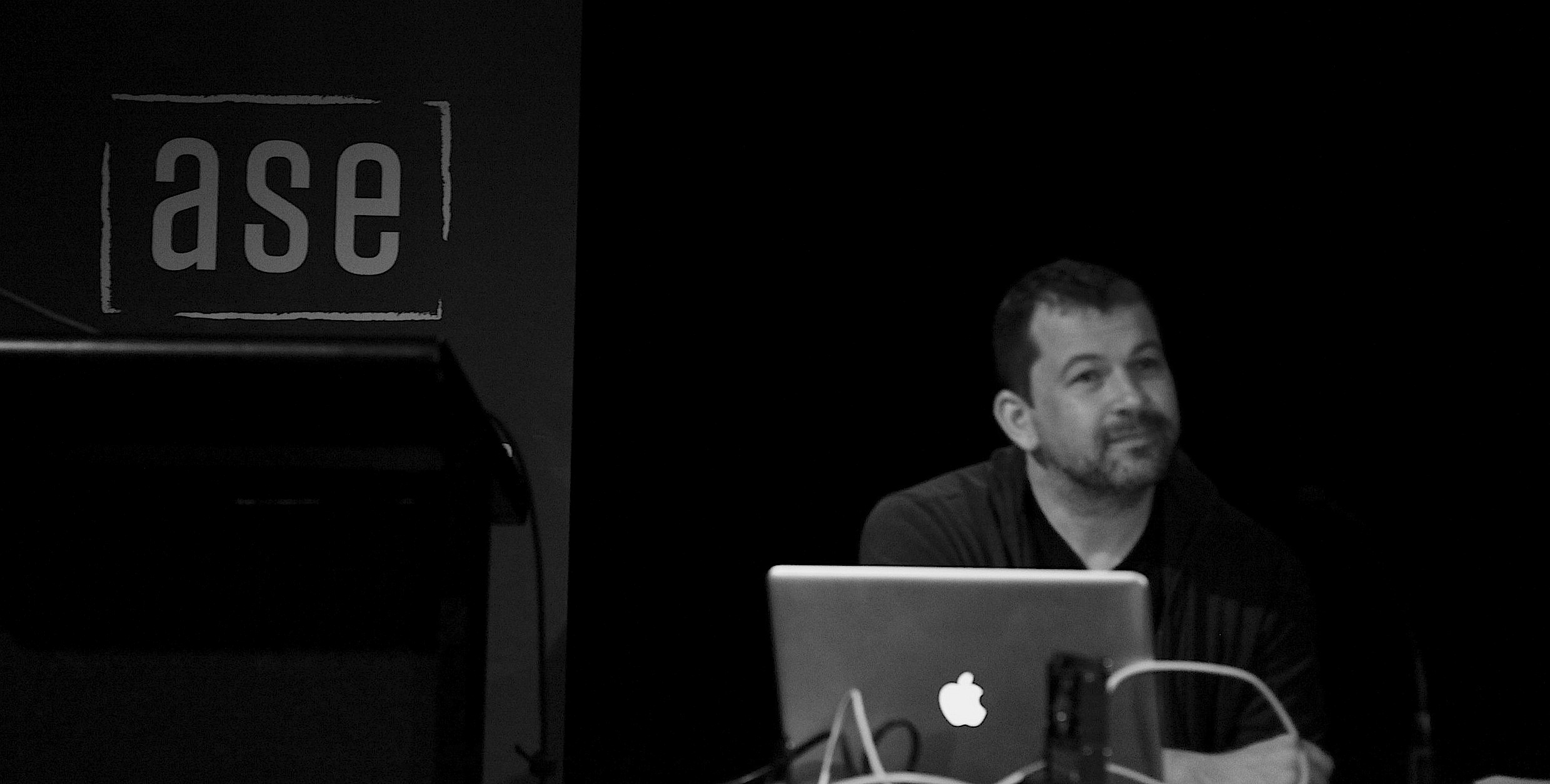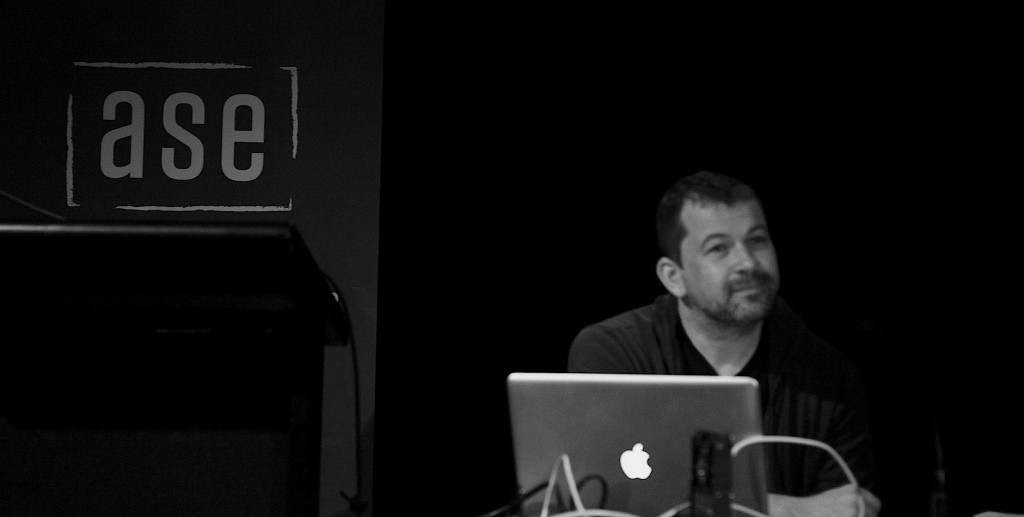DATELINE: Sunday 4th August 2013
THE MAIN EVENT: Editing Masterclass with Andy Canny
The Australian Screen Editors Guild in association with MIFF Accelerator presented the Editing Master Class with Andy Canny on Sunday the 4th of August as part of the 2013 Melbourne International Film Festival.
Editor Andy Canny’s most recent editing credit is the MIFF Premiere Fund-supported Galore, which had its world debut at this year's MIFF and was directed by MIFF Accelerator alumnus Rhys Graham. Andy's other credits include The Loved Ones; Underground: The Julian Assange Story, Beaconsfield, acclaimed TV series The Slap and forthcoming film The Mule.
He started by talking about his entry into the world of postproduction and editing before showing a wonderful video essay made for the British Film Insitute by Kogonada called ‘What is Neorealism?” It delved into the difference between 1940s Hollywood and the Italian Neorealist movement by looking at the same material handled by Italian director Vittorio De Sica and Hollywood producer David O Selznick. The differences lay in how the material was edited. The Hollywood film condensed time and tried to get to the action of the story much faster than the Italian film that lingered on parts of day-to-day life. Here is a link to the video essay that is well worth a look
http://www.bfi.org.uk/news-opinion/sight-sound-magazine/comment/video-essay-what-neorealism
Andy used this as a launching pad to examine the role of the editor in film and television today and specifically the need to condense time while still keeping the clarity of the story. He did this by showing us examples of his most recent film Galore. We saw examples of scenes taken from early cuts of the film and how they had been refined and shortened by the final cut. The first scene he showed the films protagonists “hanging out” being teenagers at night. In the initial cut the scene went for around three minutes and had moments that lingered on the teenagers smoking, swimming and gazing at the stars in between the dialogue. By the final cut Andy had edited down to around a minute but kept the essential moments and dialogue that established the relationships between the main characters.
In another scene he showed us one minor character was actually removed from the final cut by a combination of editing and digital effects. The character was a younger sister of one of the teenage lead characters. In trying to get the film to length they didn’t have time to develop her character so there was little justification for having her in this crucial scene. By using outtakes and shots taken on a locked off camera they were able to edit her out of shots and in a few instances have her digitally painted out. The final version of the scene had a much greater impact as the focus was now entirely on the two leads.
Andy talked about what he looked for in an edit – namely clarity of story and also flexibility with time. He then opened the class up to questions, which saw a steady stream from the large audience. Most of these related to workflow, the director/editor relationship and specific questions about his impressive catalog of work.
Unfortunately this took up the rest of the time allocated for the class and he didn’t have time to show more of the clips he had prepared. He was a very interesting and relatable presenter who was enjoyed by the sold out audience that contained as many directors and producers as it did editors. It was another successful event that further consolidates the relationship between the Australian Screen Editors Guild and the Melbourne International Film Festival. Special thanks to Andy Canny who wasn’t feeling well on the day but still created an interesting and informative discussion on the art of editing. Thanks also to Mark Woods from the MIFF for his enthusiastic support, Eddie Coupe from The Melbourne Film Festival Industry Program and finally to the tireless Cindy Clarkson for organizing the event and liaising with the festival.
- Shan Jayaweera

